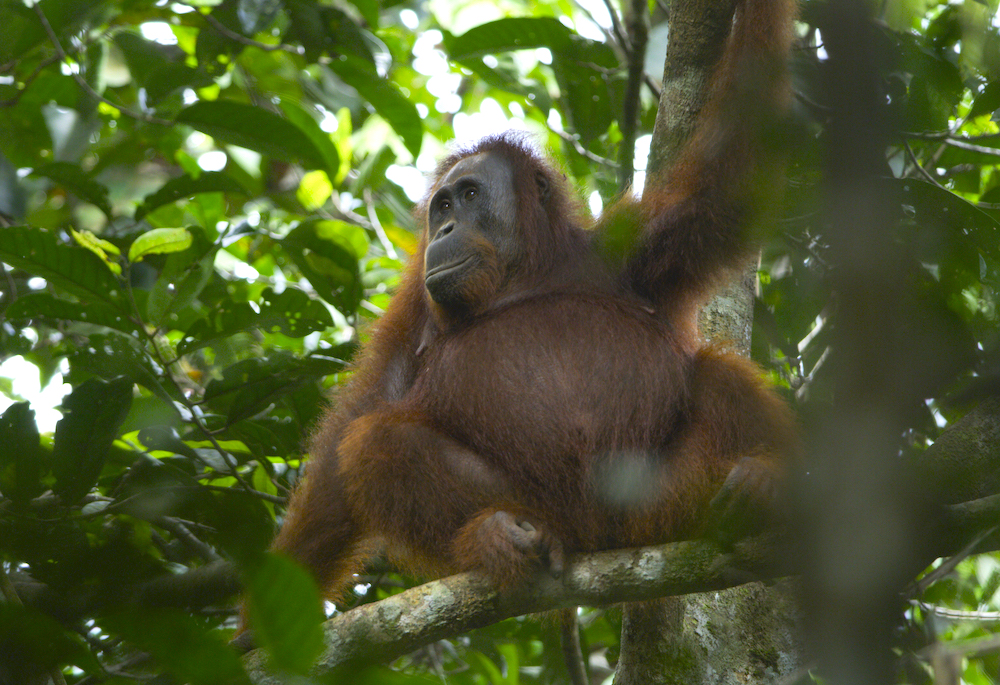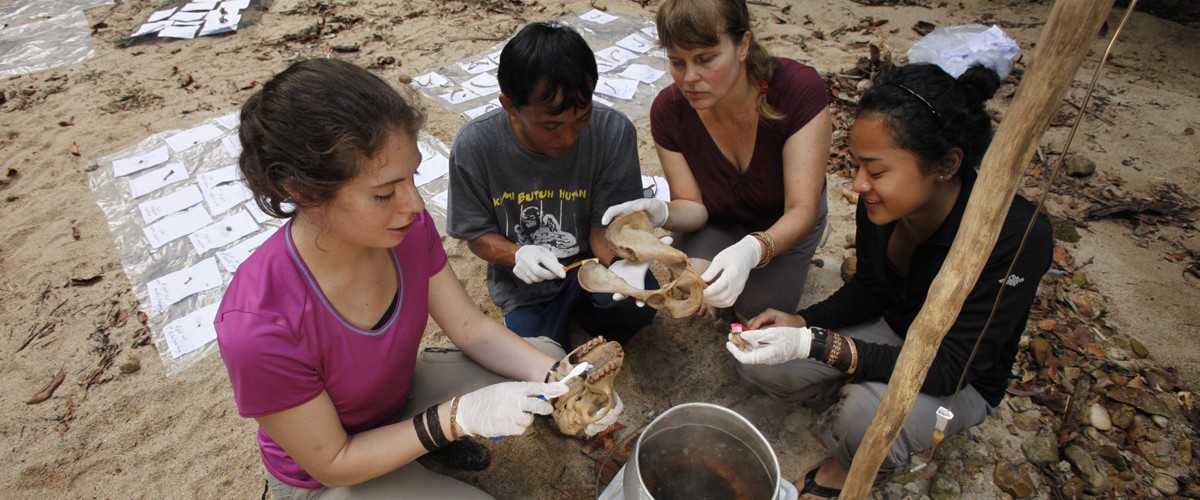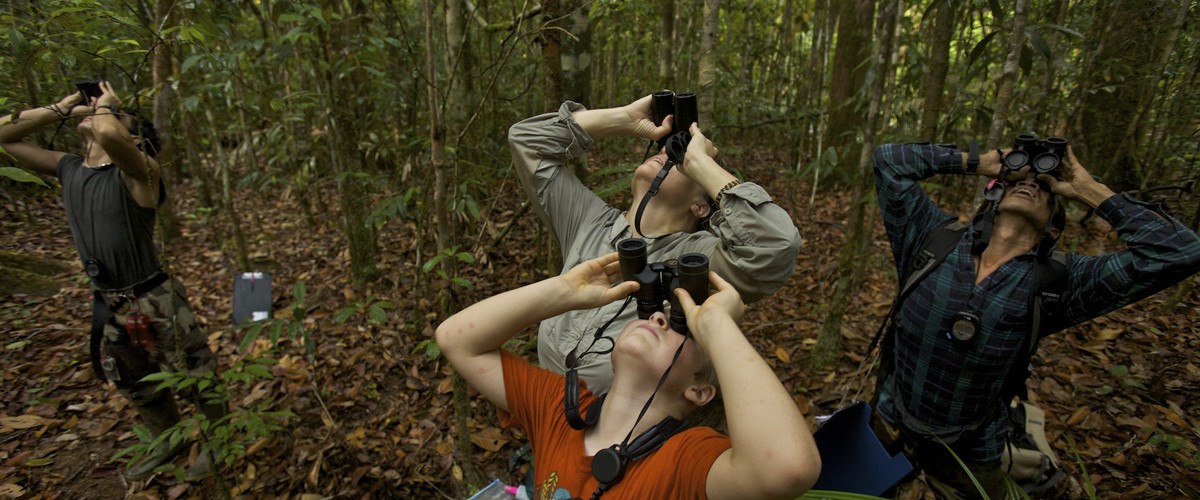By Wahyu Susanto, Research Director
On August 25, 2020 I made a trip to return to the tropical rainforest of Gunung Palung National Park, where Cabang Panti Research Station has become my second home. This trip was the first time I had been out of Jakarta, where I live, in 8 months during the COVID-19 pandemic.
I was a bit hesitant to take my usual summer trip, because of the threat of the coronavirus spreading. However, I traveled following a strict health protocol by always using hand sanitizer, wearing a mask and keeping my distance from other people. It is also required by the country of Indonesia that all passengers get COVID tests before boarding an airplane.
Once I landed in Ketapang, I immediately changed and washed all the clothes I wore during the trip. I waited 10 days in Ketapang before going up to Cabang Panti to ensure that I was in good health and did not bring the virus to this remote location.
After 10 long days, I excitedly took a road trip to go up to Gunung Palung with Ahmad Rizal (the new Assistant Research Manager) and Darmawan (one of our counterparts from the National Park Office). We drove to the village of Tanjung Gunung, which borders the Park, then walked leisurely for 5 hours until we arrived at camp. It rained the whole way there, which helped us to keep cool!
When I arrived at camp, I was quite surprised to see the changes that had occurred to all the buildings at Cabang Panti. The Gunung Palung National Park Office has been rebuilding the entire camp in order to support the ongoing research activities, with new and improved facilities. Hopefully, all the construction will be completed by the end of this year.

While at CPRS, one of my biggest tasks was to help train our new Assistant Manager, Ahmad Rizal. Rizal was previously a student who conducted research at CPRS in 2019. After graduating university, he was interested in coming back to help manage the Orangutan Project in the field. He learned very quickly about the things he needed to do for his work. Our laboratory assistant, Sumihadi, also trained him in our methods for processing orangutan feces, urine, and food samples.
At the beginning of my time at Cabang Panti there were not many orangutans to follow. Depending on how many trees are fruiting or the weather, it can seem like there are more or less orangutans in the area. It can also be difficult to find orangutans because they typically travel alone, and often silently. So, when we search, we rely on other clues for insight that an orangutan is near, like fruit scraps or feces. One day, while walking in the forest searching, I came across scraps from an orchid plant. I saw part of the stem and leaves, but also noticed some stringy fibers nearby. An orangutan likely chewed these leaves, extracting the water, and spitting out the remaining fibers — a behavior we have not yet observed for this particular plant! I also saw some scraps of tree bark nearby, which I believe was also left behind by an orangutan. Following clues like this helps us to eventually find orangutans.

Despite some days of unsuccessfully searching for orangutans, all of the field assistants were motivated to keep trying. During the weeks I was there, three individual orangutans were found – an adult female, Tari, and her daughter, Tawni, as well as Bosman, an unflanged adult male. The field assistants worked hard to collect data throughout the long days, even through the heavy rainfall we experienced. We continue to wear masks, keep at least 30m away from the orangutan we follow, and follow strict hygiene and safety protocols at camp and while in the forest.
Each time I return to Cabang Panti it is a joy to reunite with my friends from the Orangutan Project as well as the One Forest Project. Over the years it’s like we’ve become one big Cabang Panti family.










